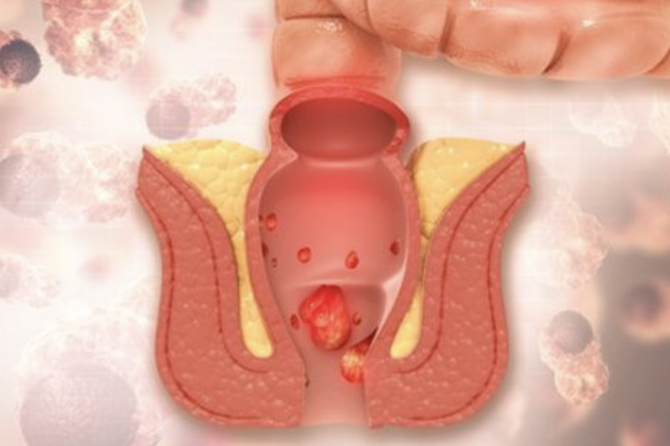
Can the Ideal Toilet Position Prevent Anal Diseases?
Anal health is one of the most important factors affecting overall quality of life.
Even seemingly simple toilet habits play a critical role in the development of serious anal conditions such as hemorrhoids, anal fissures, and anal abscesses.
So, can the correct toilet position really prevent anal diseases?
What is the ideal position and how should it be applied?
Let’s explore the details together.
Why Is Toilet Position Important?
The position adopted during defecation directly affects the physiological function of the anus and rectum.
The Anorectal Angle and Its Role in Defecation
The anorectal angle is the angle between the end of the colon and the anus.
In the squat position, this angle widens, the rectum becomes a straight canal, and stool passes more easily.
In Western-style toilets, this angle doesn’t fully open, making defecation more difficult.
The Harms of Straining
Straining places excessive pressure on the vessels in the anal region.
This triggers hemorrhoid formation and increases the risk of anal fissures.
How Do Modern Toilets Affect Anal Health?
Although modern toilets provide comfort, they have some disadvantages in terms of defecation physiology:
Disadvantages of Western-Style Toilets
- They do not allow for a natural squat position.
- They prevent full opening of the anorectal angle.
- They often require more straining.
Advantages of the Natural Squat Position
- Aligns the intestines and rectum.
- Enables easier and more natural defecation.
- Reduces the risk of anal diseases.
What Is the Ideal Toilet Position?
For healthy defecation, pay attention to these points:
- Knees Should Be Higher Than Hips:
Use a footstool to elevate the knees above hip level. - Lean Slightly Forward:
Keep the back straight and lean the upper body slightly forward. - Relax the Abdominal Muscles:
Avoid tensing the abdomen; allow natural relaxation. - Defecate Without Straining:
Encourage defecation with natural pressure, not force.
The Effect of Toilet Position on Anal Diseases
An ideal position can reduce the risk of many anal disorders:
Reduces Hemorrhoid Formation
- Minimizes pressure on the veins.
- Decreases risk of vein dilation and hemorrhoids.
Lowers Risk of Anal Fissures
- Prevents tearing caused by excessive force.
Effects on Abscesses and Fistulas
- Natural evacuation reduces micro-traumas in the area.
- Helps prevent secondary infections.
Tips to Improve Toilet Habits
Use of a Toilet Footstool
- A simple footstool can simulate a squat-like posture on a standard toilet.
Techniques to Defecate Without Straining
- Take deep breaths and relax the abdominal muscles.
- Encourage defecation without excessive force.
Daily Water and Fiber Intake
- Drink at least 2–2.5 liters of water per day.
- Eat a fiber-rich diet (vegetables, fruits, whole grains).
Do Not Delay the Urge to Defecate
- Go to the toilet immediately when you feel the need.
- Avoid sitting on the toilet for too long.
Recommendations from Avrupa Cerrahi for Anal Health
At Avrupa Cerrahi:
- We provide patient education on proper toilet habits.
- We prioritize early diagnosis and treatment of conditions like hemorrhoids and fissures.
- We offer fast recovery and improved quality of life through minimally invasive techniques like laser therapy.
Frequently Asked Questions (FAQ)
Why is the squat position healthier?
Because it opens the anorectal angle, straightens the rectum, and facilitates natural stool passage.
How can anal health be protected while using a toilet?
Placing a small footstool under your feet to elevate the knees is the most effective method.
Is sitting on the toilet for a long time harmful?
Yes. Prolonged sitting can increase the risk of hemorrhoids. Toilet time should be kept as short as possible.

Leave a reply